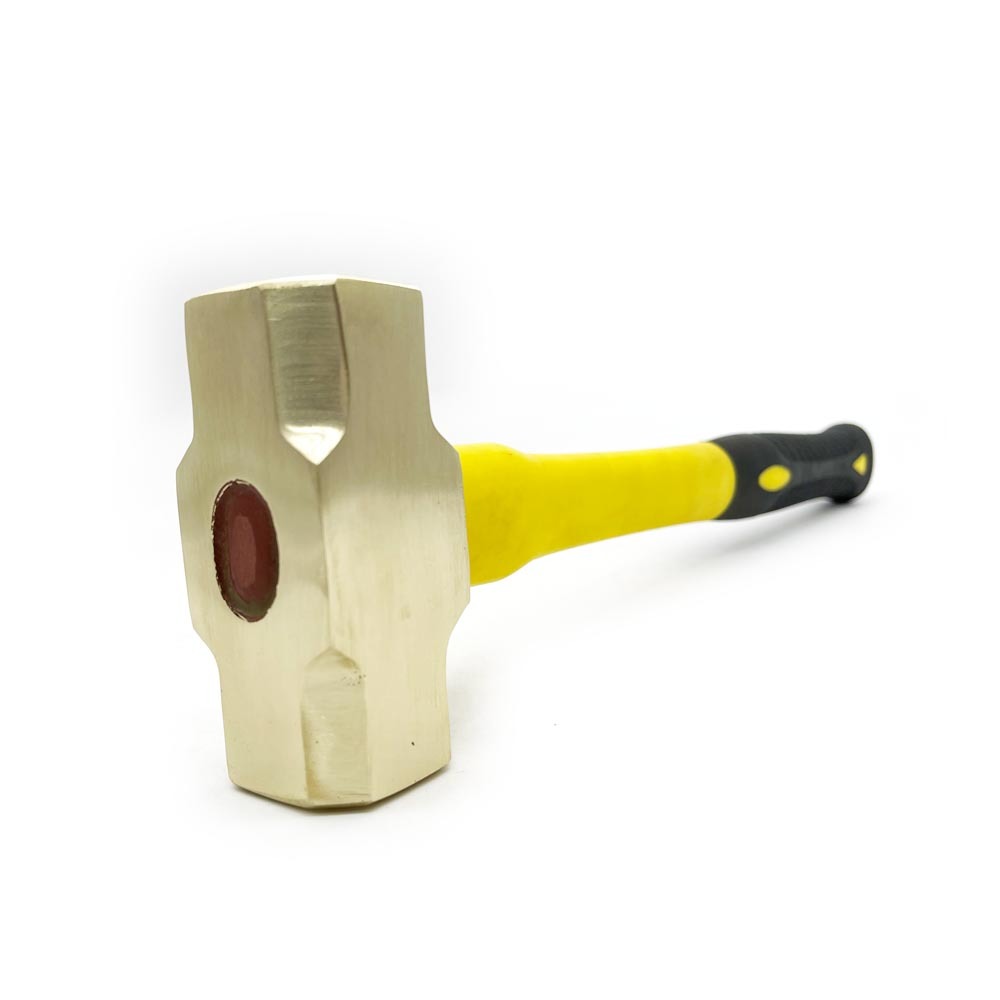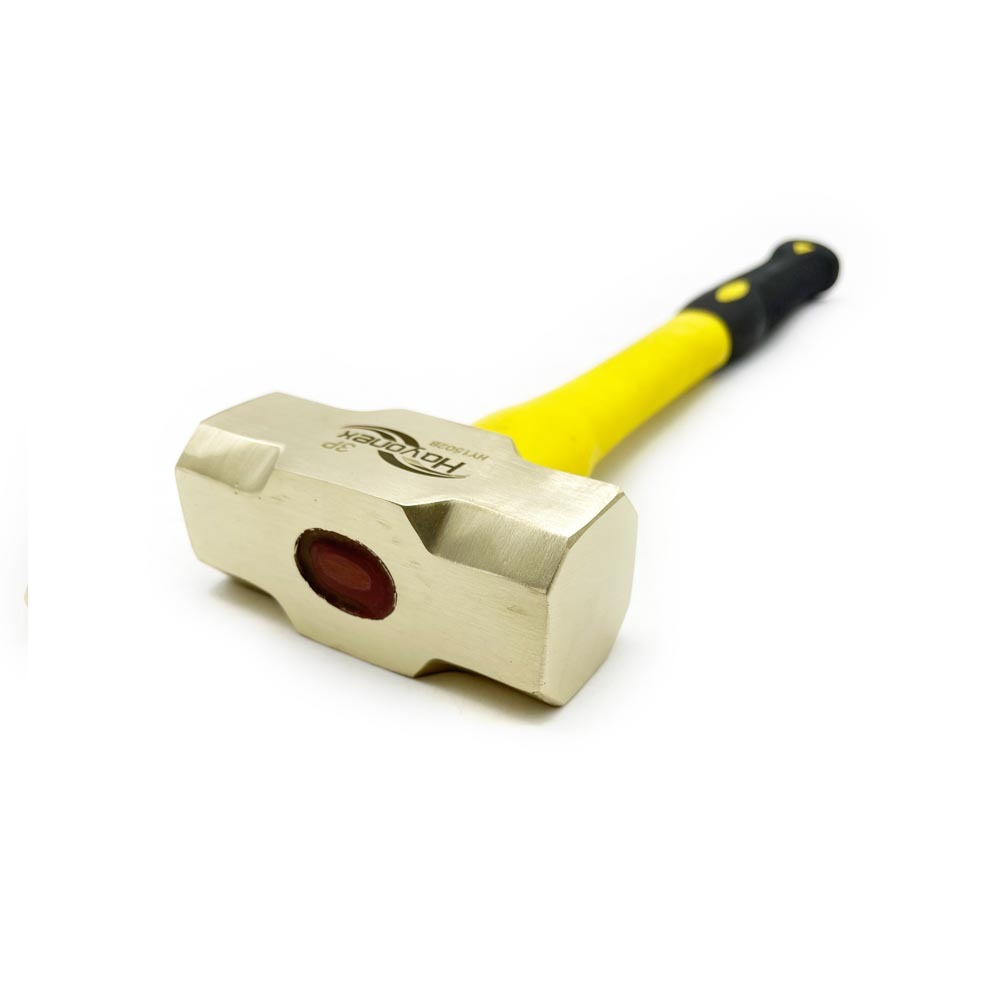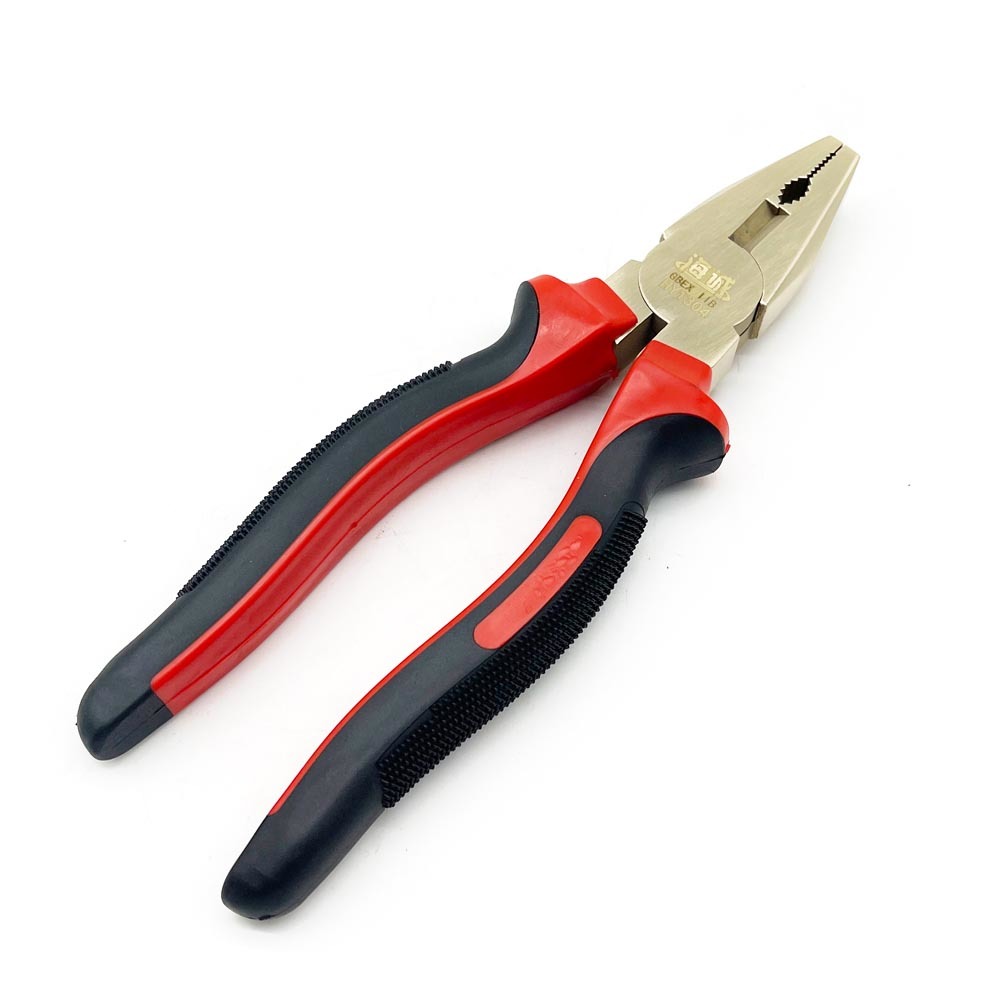The Unsung Heroes: Exploring the Applications of Non-Sparking Tools
Release time:
2025-07-29
【Summary】 Discover the essential applications of non-sparking tools in various industries, ensuring safety and efficiency.
The Unsung Heroes: Exploring the Applications of Non-Sparking Tools
What Are Non-Sparking Tools?
Ah, the world of tools! Whether you’re a DIY enthusiast or a seasoned professional, the right tools can make all the difference. Now, let’s shine a spotlight on a specialized category: non-sparking tools. These tools are crafted from materials that won’t create sparks when struck against hard surfaces. Typically made from alloys like brass or aluminum, they’re a must-have in hazardous environments.
Why Non-Sparking Tools Matter
Picture this: you’re in a flammable environment, say, an oil rig or a chemical plant. One tiny spark could lead to catastrophic consequences. Enter our trusty non-sparking friends! These tools help mitigate risks and ensure that safety is the priority. It’s not just about avoiding accidents; it’s about fostering a culture of safety in workplaces that often operate under high-pressure conditions.
Common Applications of Non-Sparking Tools
Now, let’s delve into the nitty-gritty of where these tools come into play:
1. Oil and Gas Industry
In the oil and gas sector, the stakes are incredibly high. Non-sparking tools are essential for maintenance tasks, ensuring that any frayed wires or loose fittings can be addressed without igniting a disaster. Workers can focus on their tasks without the nagging worry of sparking a fire.
2. Chemical Manufacturing
From mixing to transporting, chemicals are notorious for being volatile. Non-sparking tools enable workers to handle sensitive materials without risking ignition. It’s like having a safety net that allows employees to perform their jobs with confidence.
3. Mining Operations
Mining is another field where the right tools can mean the difference between life and death. Non-sparking tools are used during drilling operations and equipment maintenance, helping to prevent accidents in a notoriously dangerous environment.
4. Aerospace and Aviation
In the aerospace industry, precision is everything. Non-sparking tools are used in aircraft maintenance to ensure that the integrity of the aircraft is preserved without the risk of igniting any volatile substances present.
Choosing the Right Non-Sparking Tools
So, how do you choose the right non-sparking tools? Here are a few tips:
- Material Matters: Always check the material composition. Brass and aluminum are the most common, but ensure they’re rated for your specific needs.
- Tool Type: Depending on your application, you might need wrenches, hammers, or screwdrivers. Make sure you’re equipped with the right type.
- Certification: Look for tools that meet safety standards and certifications to ensure they’re trustworthy.
The Future of Non-Sparking Tools
As industries evolve, so do the tools we use. Advances in materials science may lead to even safer, more effective non-sparking tools in the future. Imagine tools that not only prevent sparks but are also lightweight and more durable. The future is bright!
Final Thoughts
In conclusion, non-sparking tools are more than just a safety precaution; they are the unsung heroes in various high-risk industries. By embracing these tools, we’re not just ensuring safety; we’re enhancing productivity and fostering a work environment where employees can thrive without fear. So, the next time you’re at a hardware store, give a nod to those non-sparking tools—they might just save the day!

Key words:
Key words:
non-sparking tools,Non-Sparking Tools
Related News















